Instant Analysis: Microsoft's Surface tablet announcement
This article may contain personal views and opinion from the author.

If you haven't noticed the news exploding through your news feed just now, Microsoft has made the formal announcement of the new Microsoft Surface tablet, and accessories. That's right, Microsoft decided to give a nice little callback to its tabletop touch-computers which used to hold the Surface name. Chances are that the only place you ever saw those were on TV news, but Microsoft is hoping the new Surface tablets see a bit more market penetration.
The announcement just wrapped up, and the first impression is one that most people will likely make: Microsoft definitely took some cues from Apple for this presentation. From the adjectives to the design talk to the reveals and all, it was very reminiscent of an Apple announcement, but of course that's really nothing new. That's just the way these announcements are made these days, as we saw with the Samsung Galaxy Nexus announcement, and the Samsung Galaxy S III announcement. Of course, presenting a product like Apple would doesn't mean that this product follows an Apple template, because it doesn't.
Where Apple would spend its time talking about how beautiful the device is, Microsoft mentioned the appearance and build quality, but always brought the conversation back to functionality, which is a very Googley thing to do. Real functionality, not gimmicks like voice control, but useful features that will help you use the tablet better. Of course, in doing so, Microsoft made some pretty subtle jabs at not only Apple, but all hardware manufacturers, including Microsoft's own partners, during the course of the presentation, and that may come back to cause trouble.
The Surface
One of the first jabs was in the fact that the Microsoft Surface isn't just another rectangular tablet to go alongside the dozens of offerings on the market (even though it actually is). The sides of the tablet are beveled at an angle of 22 degrees, so the tablet should feel more comfortable in your hand. This, no doubt, is an idea that Microsoft probably pulled from the Xbox team, because anyone who has ever played video games knows that angled handles are far more comfortable. Of course, the actual shape of the tablet is rectangular. We were really hoping the short edges would be set at an angle, which would give the bezel an asymmetric look, but would really improve how the tablet feels in your hand.
The dimensions of the Surface are a bit big with a 10.6" display, so we're curious to see how it will actually feel in our hands, even with the angled edges. The Windows RT variant (ARM) will be 1.5 pounds (680g) and 9.3mm thick, while the Intel variant is "less than 2 pounds and less than 14mm thick. The RT version not huge, it's about the size of the new iPad, but the Intel version is a beast. 2 pounds doesn't sound that bad, especially given that many tablets run around 1.5 pounds, but that extra weight can really take its toll over the long haul, even if it is running "full desktop Windows". Still, the build quality looks great with the Gorilla Glass, magnesium case, and PVD finish (which makes the metal look something like brass). Of course, the thickness is partially because of main feature #2: the kickstand.
The kickstand is something we've seen more often on smartphones for some reason, though there have been a couple tablets to have one. But, the kickstand on the Surface is a real kickstand, and sturdy. Where most tablets or smartphone kickstands are small, the Surface kickstand runs the length of the tablet, that seems like a much better idea. Microsoft even mentioned how hard the team worked on making the sound of the kickstand closing something "visceral" and something that causes an "emotional connection", which is a very Apple-like detail to drop in. Unfortunately, it's also standard. If you're someone who doesn't have much use for a kickstand, you're out of luck. However, Microsoft made it standard because it is needed for feature #3 that Microsoft wants to push: the Touch Cover.
The Touch Cover is probably the feature that will get the most buzz, because it's almost amazing that we haven't seen a major company do this yet. It's a cover for the tablet, which uses magnets (of course) to connect and is basically another multitouch surface complete with trackpad and keyboard. The keyboard will be touch sensitive, but does have slightly raised keys, so it should feel better than on-screen typing, but maybe not as good as a standard keyboard. Of course, there is also a full keyboard option in the Type Cover, although, that may be only for the Intel variant, not the ARM version. That wasn't very clear. Again, there was a very strange moment where it felt like it was meant to be an Apple moment of pure love for the product when designer Panos Panay said that, "Nothing stirs me more than Touch Cover," but it got a bit weird when he took it a step too far with, "I love my wife, but Touch Cover is very important to me."
Feel free to love your gadgets, but just don't love your gadgets, Microsoft. That gets into some weird territory.
The failed ending
Endings are always the hardest part, and as solid and interesting as the announcement from Microsoft was, throughout we had one thought in mind: "Pricing will be the make-or-break moment." And, unfortunately, that was a moment that never came, which sends the worst signals possible. Steven Sinofsky, President of Windows and Windows Live, came out to talk about pricing and availability, but the closest he came was in saying that the 32GB and 64GB Windows RT Surface would be priced competitively with ARM tablets. Given the specs and build quality, we'd like to think that means somewhere around $500 to $600, but could easily slide up towards $700 or more, and that's before adding in whatever the Touch Cover might cost. And, those prices assume Microsoft was referring to competing Android ARM tablets, not competing Windows ARM tablets, which could be more costly anyway, especially given the exorbitant Windows licensing fee. The Intel variants were also said to be "priced to compete", but that of course means nothing. "Compete" with what? The only thing that the Intel Surface was compared to during the presentation was an Ultrabook, which means the cost there could be anywhere around $1,000 and beyond.
Of course, this is all speculation, but that's the problem. Going into this announcement, we were wondering if Microsoft could live up to the hype that had built up around it, because that's something that Samsung and Apple both have struggled with. From a product standpoint, we think that Microsoft did live up to the hype, because the Surface looks like a pretty solid product, and the only real question we have about the product itself is the size of the Intel variant. Unfortunately, leaving out what the cost of the product will be a big problem, because it leaves the logical thought: if the Surface is really going to be "competitive" in its pricing, there's no real reason to leave out what that price will be. However, if the price is going to be "competitive considering we think we're giving you a ton of awesome features", then that's big trouble, and that's the reason you leave it out of the announcement.
Conclusion
Still, given the hype, the tablet itself looks pretty great. The metal casing looks solid, and we did notice a band of plastic, so there won't be any Asus Transformer Prime issues. The kickstand looks solid, and we're looking forward to hearing that sound that will pair-bond us with the Surface. The killer feature for the RT variant is the Touch Cover, and the killer of the Intel variant is that its full desktop Windows 8, which can't be downplayed enough. Regardless of what features Apple or Google add to their mobile operating systems going forward, it's going to be tough to compete on features with full desktop Windows. Of course, features aren't the only battleground, because as tablets have proven, many users just don't need a full desktop OS for the majority of uses. If you need to be really productive, Windows 8 on an Intel Surface will be a great option, but many people just won't need that, or at least will decide it's unnecessary depending on the price.
And, unfortunately, if the costs are as high as were originally rumored, it doesn't really matter how nice the Microsoft Surface is. And, Microsoft may have just spend about 30 minutes annoying hardware partners with this sort of competition for no reason. There are definitely the features present in the Surface, but the key is always the pricing.
Follow us on Google News

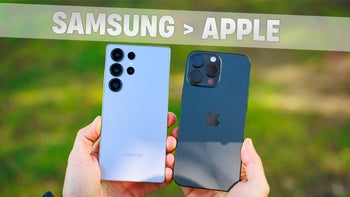
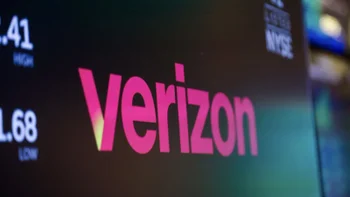
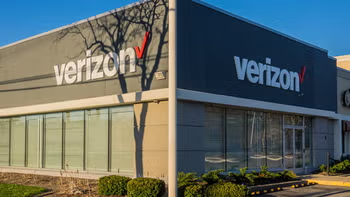
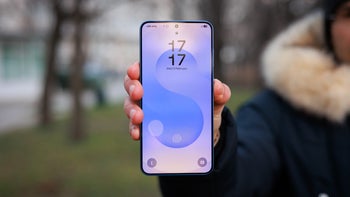
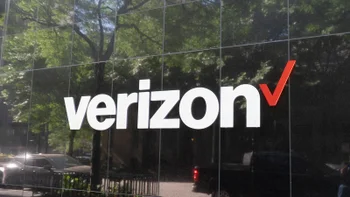

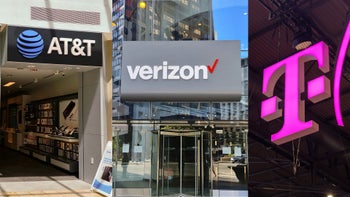
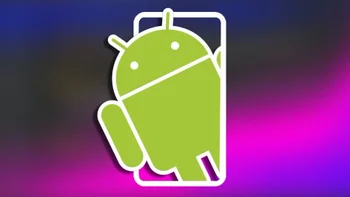
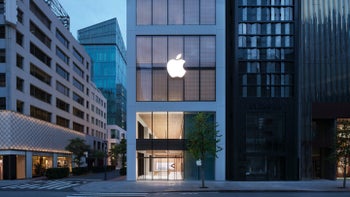
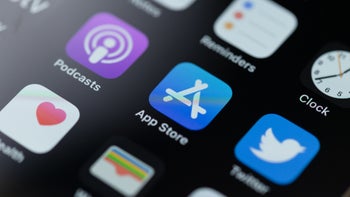
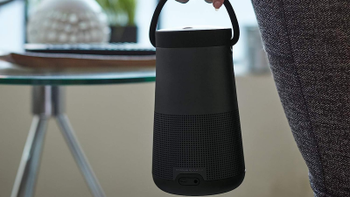

Things that are NOT allowed:
To help keep our community safe and free from spam, we apply temporary limits to newly created accounts: